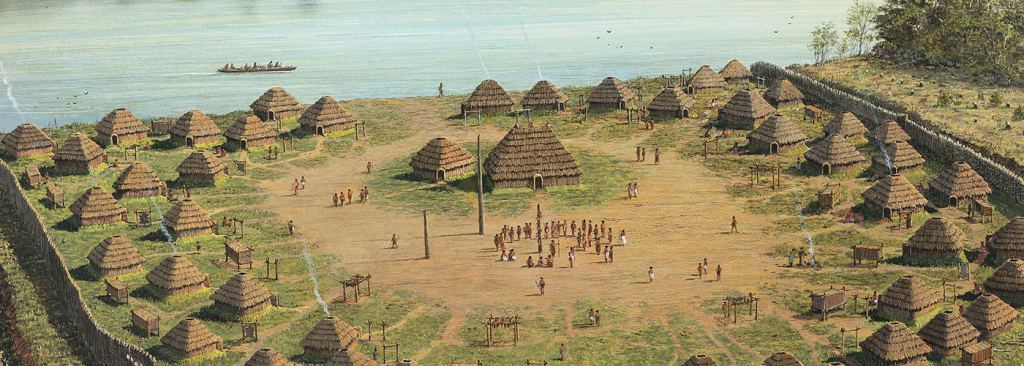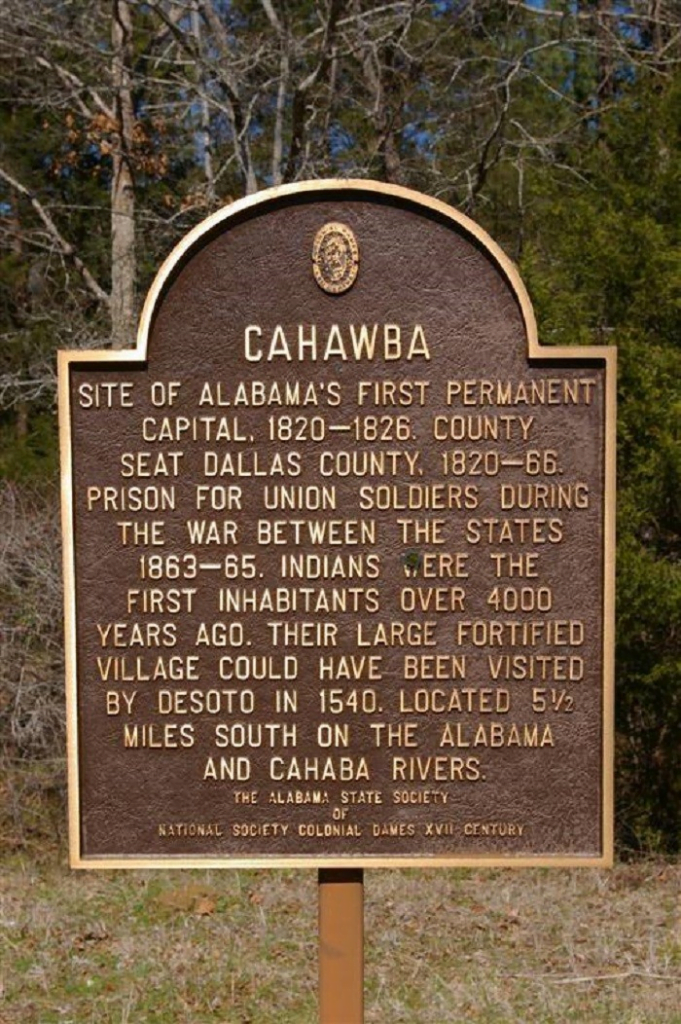Built on top of a vast indigenous city on a creek, this ghost town in Alabama has seen it all. From a 1500s destruction of the former town, to a bustling state capital, and finally, an archeological site lending more knowledge about the tribes who called it home before colonization. Involved in the Civil War, like many southern small towns, the capital was lost to Tuscaloosa in the early days of its statehood. The railroad was diverted away during reconstruction and slowly but surely, residents began to move out of the city, searching for more civilization than a few crumbling structures. Today, we’re exploring the haunted and haunting town of Old Cahawba, and what secrets lay just below the surface.
As the website for the town asserts, “much has been lost, but there’s still so much to save.

Cahawba was given the distinction of the first permanent settlement established in the Alabama region, when it was just barely crossing the line from territory of the US, to a nearly realized state in 1818. It was obvious to the first settlers, however, that a vast and ancient city once stood on the same ground. The ancient tribe we now refer to as the Mound Builders settled here long before the discovery of the new world. Built between 1400AD and 1500AD, the village was a center of trade and travel during the days of the land being owned by indigenous Mississippi culture, who build giant, circular mounds of dirt all over their settlement areas. Archeologists believe the mound discovered in Cahawba was part of the center of a giant settlement, a featured piece with importance to the tribes that lived there.

The ancestors of the Mississippian culture built again on the site, creating the American village of Mablia which was destroyed by DeSoto in 1540. Nearly 200 years after the mysterious abandonment of the settlement, city planners decided to use the archeological wonders as part of their own construction on the town, quickly picking up in population as the permanent city capital was built on top of the mound and moat surrounding it. The town had already begun to get a reputation for unhealthy miasmas and yellow fever, so the days were numbered from the start in this rural capital turned ghost town.
Cahawba would only maintain its status as the state capital for about 5 years, losing it to Tuscaloosa in 1845, when its remote location became difficult for travel from various legislators. It remained the county capital of Dallas for another short stint, from 1845 to 1866 until a horrible flood came to town and made legislators even more nervous. They then moved the country seat to Selma

Through the Civil War, Cahawba became an important location yet again, as a local house was transformed into a union war prisonm housing nearly 3000 captured union soldiers. It’s not surprising that the largest export from this region was cotton, and all of the horrible history of those enslaved peoples who picked and processed that cotton.
Slowly, the residents began to move out, to nearby towns like Selma and Tuscaloosa, seeing the writing on the wall for the strange village with a deep history. In the late 1800s, a freedman purchased the town and demolished many of the buildings, sending their materials by boat to the other towns nearby in development. By 1903, a great deal of Cahawba’s buildings had been demolished; only a handful of structures survived past 1930.

A location with such a long history stretching to the very infancy of what would become the United State is sure to have a few ghosts in the closet. Several sightings from before the town was derelict included tales of Native American soldiers and ethereal women still walking the town that was once their own. Some believed they were costumes, but that belief would melt away as the apparitions turned a corner and were never seen again.
It’s also reported that a famous ghost can be found in this ghost town- that of Colonel Pegues. Legend says that a couple on a stroll in the woods passed behind the mansion in 1872, and quickly found themselves being followed by a shadowy figure in the dusk. Golden lights seemed to light up the forest as they got closer to the structure, bouncing in the windless night and frightening the young adults. Some say the apparition could be the man himself, Colonel Pegues, but still others believe the balls of light and shadowy figures are younger recruits, killed in a nearby battle, warning others against making his mistake of enrolling in the Confederate Army.
Today, you can visit the ghost town tucked a few miles from Selma. It has the monniker: “Old Cahawba Archaeological Park: Authentic history cloaked in mystery.” and is run by the Alabama Historical Commission. As the deconstruction of the town was underway, many Indigenous artifacts were discovered, with eager archaeologists excited to learn more about the mysterious Mississippi, the site is now one primarily of learning about the past that was left behind long before the town built on the sites.

Filled with history, visitors are encouraged to come and explore the still-standing structures (what’s left of them,) and take in the fascinating finds archeologists have discovered during their expeditions into the mounds and moat near the old courthouse, and other locations all over the ghost town of Cahwaba. Maybe visit the still-standing cemetery built in 1851. Enjoy the church still standing tall int disrepair, and learn more about the history of Alabama before that was its name.
- About the Author
- Latest Posts

Born in Death Valley and raised on the prairie, Deborah is a Wyoming-based paranormal researcher and University of Wyoming graduate. Her interests lie in folklore, history, symbolic interaction and research. She also researches the paranormal academically and is a graduate student studying sociology.


